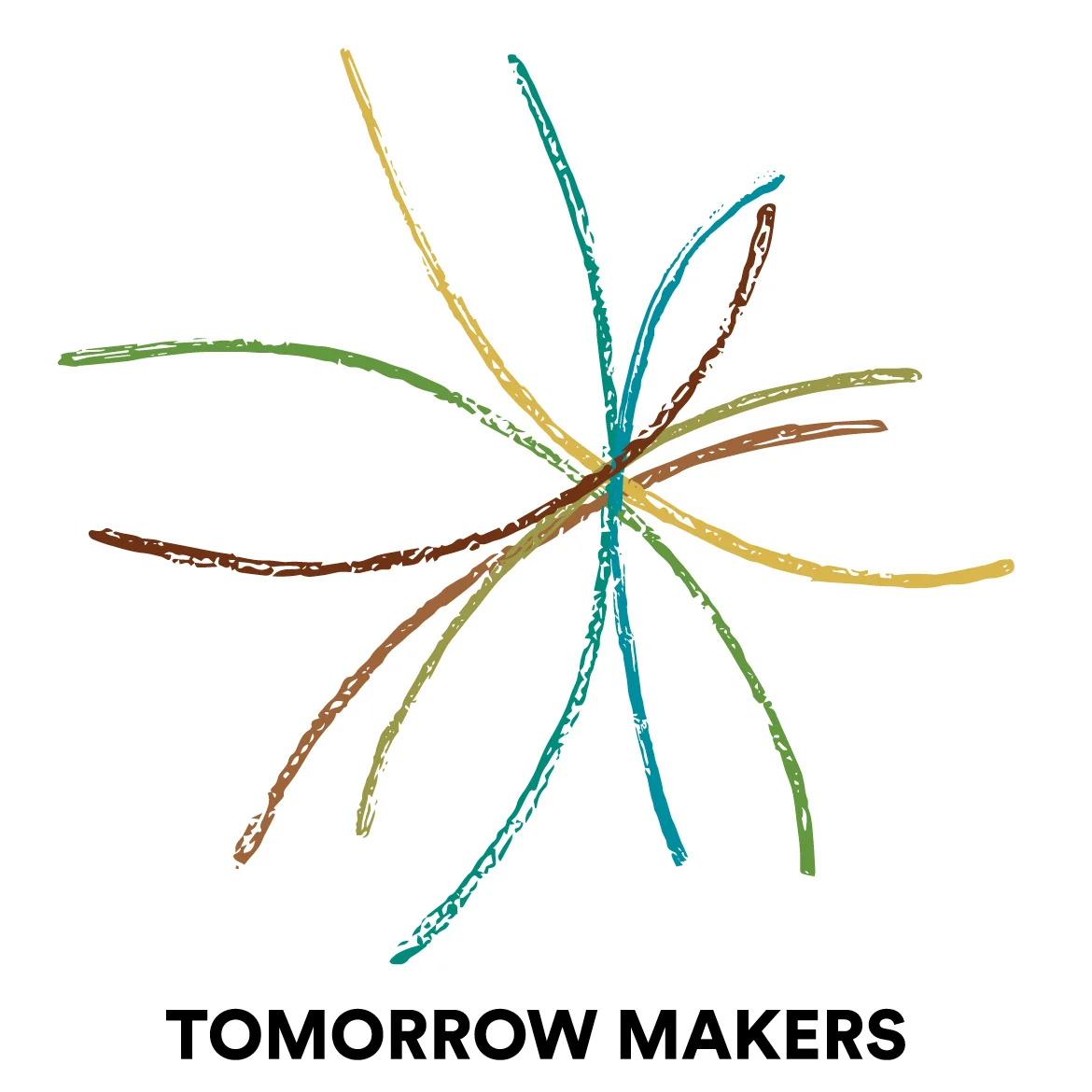Lilly-Pad Economics
/We live in a moment of history where change is so speeded up that we begin to see the present only when it is already disappearing.
R. D. Laing
I remember years ago (1962-65) when I was teaching second graders by showing pictures of a pond with one lilly pad on day 1; two on day two; four on day three, etc. Young eyes drew large when the metaphor revealed that one day after the pond was half full, ti was full! "No way" they exclaimed. That's when we began our own experiment accumulating rice at an exponential rate. Each day one of the students would double the grains of rice. One corner of the room got quite full and each day it took the student longer to count out the grains. I also challenged the class to estimate how far an adding machine roll of tape would go. Such a small roll. Students estimated that one role would cross the classroom, about 35 feet. WOW ... all the way to the principal's office! How could that be as they unrolled and unrolled. We talked about compounding interest and other such things ... project learning for 7 year olds. We all learned a lot that year. Young minds learned to think about patterns and I think they came to know that being surprised about their assumptions was a very good thing.


